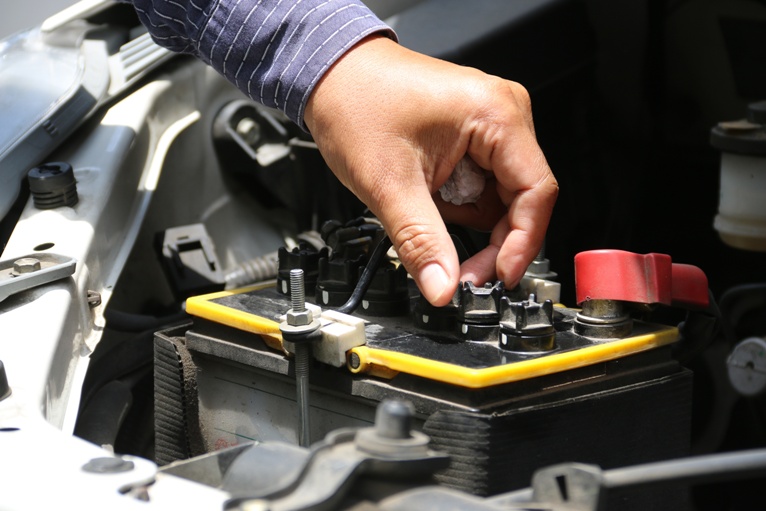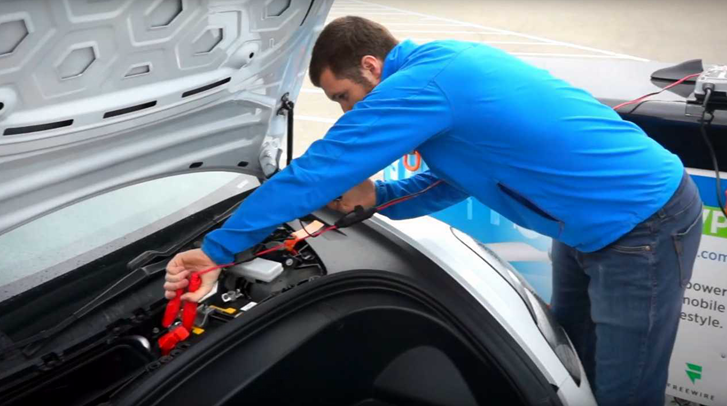how to charge a lithium ion battery with a power supply
Lithium-ion batteries are widely used in electronic devices such as smartphones, laptops, and electric vehicles due to their high energy density and longer lifespan compared to other battery types. Charging a lithium-ion battery with a power supply is a simple process, but it requires caution to avoid damaging the battery or causing a safety hazard. In this article, we will discuss the steps to charge a lithium-ion battery with a power supply.
Step 1: Check Battery Specifications
Before charging a lithium-ion battery with a power supply, it is important to check the battery\’s specifications to ensure that the voltage and current rating of the power supply are compatible with the battery. You can find the voltage and current rating of the battery on its label or in the user manual. If the power supply voltage and current are too high, it can damage the battery or even cause a fire.
Step 2: Connect the Power Supply
After confirming that the power supply voltage and current are compatible with the battery, you can connect the power supply to the battery. It is recommended to use a charging cable that is designed for lithium-ion batteries to prevent short-circuiting or overheating.
Step 3: Set the Charging Voltage and Current
The charging voltage and current should be set according to the battery specifications. The charging voltage for most lithium-ion batteries is 4.2 volts per cell, and the charging current should not exceed the maximum charging current specified by the manufacturer. Some batteries have built-in protection circuits that prevent overcharging or over-discharging.

Step 4: Monitor the Charging Process
During the charging process, it is important to monitor the battery temperature and voltage regularly to prevent overheating or overcharging. Overcharging can cause the battery to swell or even catch fire. If you notice any abnormal behavior such as excessive heat or swelling, stop the charging process immediately and unplug the power supply.
Step 5: Disconnect the Power Supply
Once the battery is fully charged, disconnect the power supply from the battery. Do not leave the battery connected to the power supply for an extended period as it can cause overcharging or damage to the battery.
Conclusion
Charging a lithium-ion battery with a power supply is a simple process, but it requires caution to prevent damage or safety hazards. Always check the battery specifications before charging, use a charging cable designed for lithium-ion batteries, monitor the charging process regularly, and disconnect the power supply once the battery is fully charged. By following these steps, you can ensure the long lifespan and safe operation of your lithium-ion batteries.
-
 In today's rapidly evolving world, technological advancements have infiltrated almost every aspect of our lives, and the warehousing industry is no exception. The introduction of intelligent lithium battery-powered warehouse logistics trucks has revolutionized the way warehouses operate, offering numerous benefits in terms of efficiency, sustainability, and cost-effectiveness. One of the key advantages of intelligent lithium battery-powered warehouse logistics trucks...Citeşte mai mult
In today's rapidly evolving world, technological advancements have infiltrated almost every aspect of our lives, and the warehousing industry is no exception. The introduction of intelligent lithium battery-powered warehouse logistics trucks has revolutionized the way warehouses operate, offering numerous benefits in terms of efficiency, sustainability, and cost-effectiveness. One of the key advantages of intelligent lithium battery-powered warehouse logistics trucks...Citeşte mai mult -
 In recent years, cities around the world have been witnessing a remarkable transformation in urban mobility with the introduction of electric scooters. These compact and environmentally friendly vehicles have gained immense popularity as an alternative mode of transportation. Central to the success of electric scooters is the lithium-ion battery, which has revolutionized the way we think about urban mobility. ...Citeşte mai mult
In recent years, cities around the world have been witnessing a remarkable transformation in urban mobility with the introduction of electric scooters. These compact and environmentally friendly vehicles have gained immense popularity as an alternative mode of transportation. Central to the success of electric scooters is the lithium-ion battery, which has revolutionized the way we think about urban mobility. ...Citeşte mai mult -
 Introduction: In today's fast-paced industrial world, where uninterrupted power supply is crucial, the need for efficient and reliable battery chargers cannot be overstated. Industrial battery chargers play a pivotal role in providing power solutions for a wide range of applications, from heavy machinery to backup power systems. This article aims to explore the importance of industrial battery chargers and how...Citeşte mai mult
Introduction: In today's fast-paced industrial world, where uninterrupted power supply is crucial, the need for efficient and reliable battery chargers cannot be overstated. Industrial battery chargers play a pivotal role in providing power solutions for a wide range of applications, from heavy machinery to backup power systems. This article aims to explore the importance of industrial battery chargers and how...Citeşte mai mult -
 In today's rapidly advancing world, technology has become an integral part of our everyday lives. From smartphones to electric cars, the demand for portable and efficient energy storage has never been higher. And at the heart of this technological revolution lies the lithium-ion battery, the powerhouse that fuels our modern world. The development of the lithium-ion battery can be...Citeşte mai mult
In today's rapidly advancing world, technology has become an integral part of our everyday lives. From smartphones to electric cars, the demand for portable and efficient energy storage has never been higher. And at the heart of this technological revolution lies the lithium-ion battery, the powerhouse that fuels our modern world. The development of the lithium-ion battery can be...Citeşte mai mult -
 Trains are a vital mode of transportation for people and goods across the world. They offer a reliable, efficient, and cost-effective means of transport for commuters, freight, and other forms of cargo. However, the smooth operation of trains depends on several components, one of which is the locomotive starter battery. The locomotive starter battery is a critical component that...Citeşte mai mult
Trains are a vital mode of transportation for people and goods across the world. They offer a reliable, efficient, and cost-effective means of transport for commuters, freight, and other forms of cargo. However, the smooth operation of trains depends on several components, one of which is the locomotive starter battery. The locomotive starter battery is a critical component that...Citeşte mai mult -
 In recent years, there has been a growing trend towards the use of electric forklifts in warehouse operations. One of the key factors driving this trend is the development of lithium batteries for forklifts. These advanced batteries offer a range of benefits that make them an attractive choice for warehouse managers. In this article, we will explore some of the...Citeşte mai mult
In recent years, there has been a growing trend towards the use of electric forklifts in warehouse operations. One of the key factors driving this trend is the development of lithium batteries for forklifts. These advanced batteries offer a range of benefits that make them an attractive choice for warehouse managers. In this article, we will explore some of the...Citeşte mai mult -
 Introduction: Where technology is an integral part of our lives, having a reliable power solution is crucial. The High Capacity 12V LiFePO4 Battery, with its impressive 100Ah capacity, offers an efficient and long-lasting power solution. This article will discuss the features, benefits, and applications of this battery, highlighting why it is an excellent choice for various power needs. Features:...Citeşte mai mult
Introduction: Where technology is an integral part of our lives, having a reliable power solution is crucial. The High Capacity 12V LiFePO4 Battery, with its impressive 100Ah capacity, offers an efficient and long-lasting power solution. This article will discuss the features, benefits, and applications of this battery, highlighting why it is an excellent choice for various power needs. Features:...Citeşte mai mult

